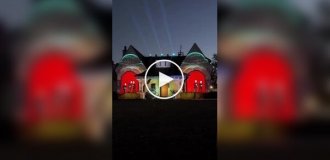Deadly trick! Rocket Lab is learning how to catch a launch vehicle with a helicopter (9 photos + 1 video)
Rocket Lab plans to launch a space rocket on coming days. It would have been a routine event if not for a small addition. According to the company, after undocking its launch vehicle try to catch it with a helicopter before it falls back on Earth. Do you think they will succeed? 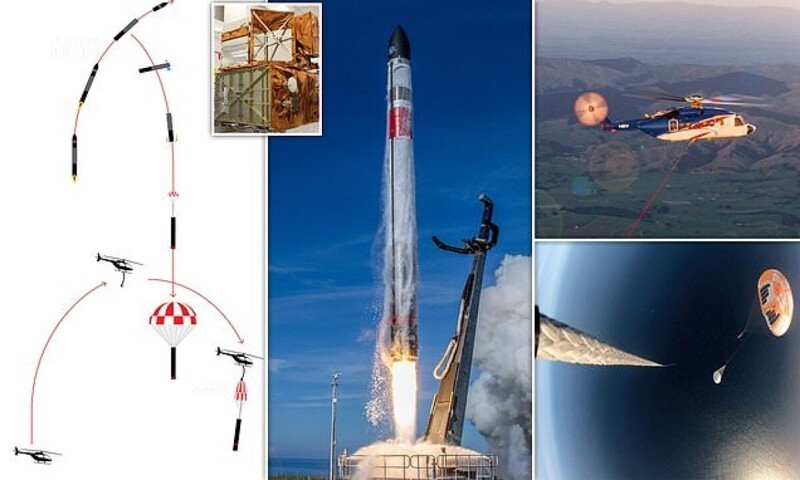
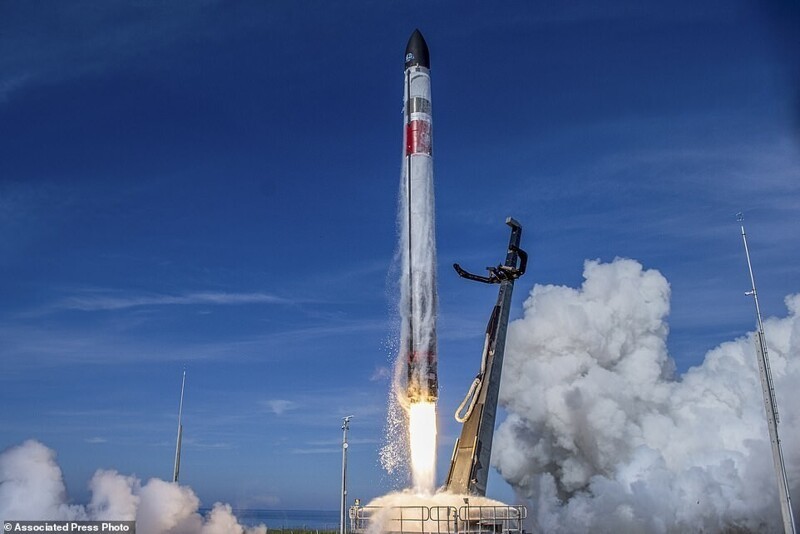
Rocket Lab will try to launch a rocket in the coming days space and catch her four-story booster with a helicopter during its fall back to Earth. Rocket "Electron" will bring to a research satellite into orbit and separate the first stage along the way.
She will fall through the atmosphere and open her parachute to slow it down from a maximum speed of 8,300 km / h, after which it will be catch. 
Modified Sikorsky rescue helicopter The S-92 will try to catch up with the booster when it slow down to 36 km / h, and try to hook his parachute. When success, the separated stage will be delivered back to the production complex in Auckland, New Zealand, and, if successful, Electron may become the world's first reusable small rocket.
Rocket Lab CEO and Founder Peter Beck said: “Our first experiments were successfully completed a few months ago. She is proved that we can do it. We really want to provide the possibility of reusing our rocket, for the first time returning separated step. 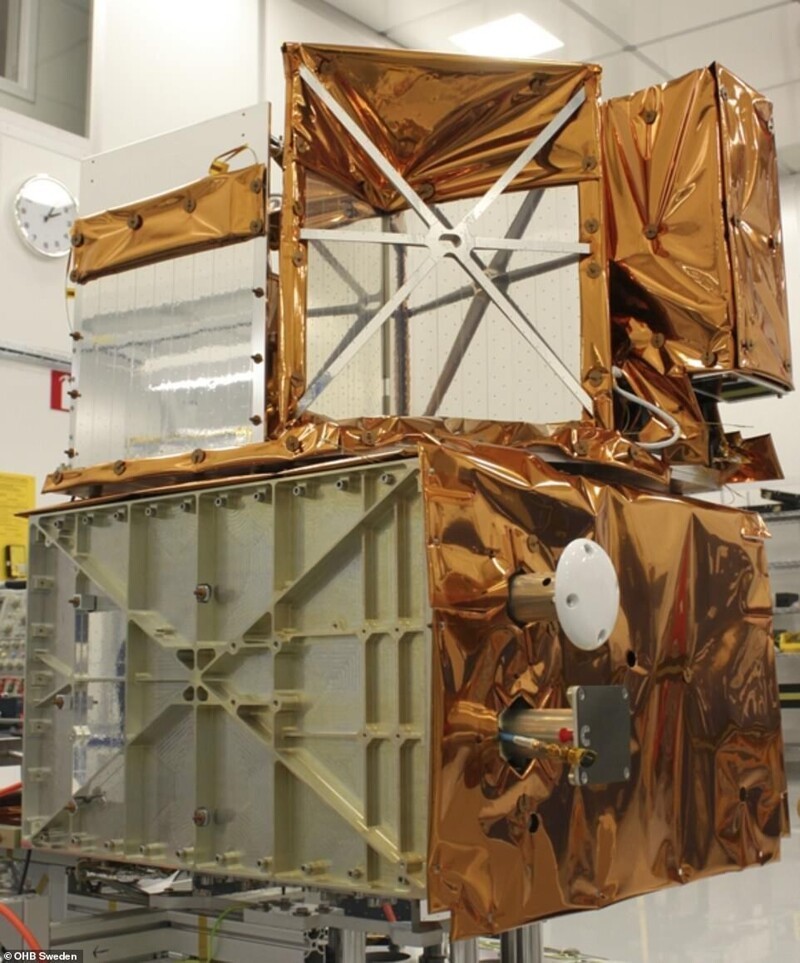
The window for the mission called "Catch Me If You Can" opens in Friday. The launch will be carried out from pad B of the launch complex 1 on the Mahia Peninsula in New Zealand at approximately 17:15 GMT. On the the rocket will be equipped with a Mesospheric Airglow/Aerosol Tomography satellite and Spectroscopy (MATS) produced by OHB Sweden Swedish National space agency. The satellite will be used for research atmospheric waves and a better understanding of how the upper atmosphere The earth interacts with wind and weather conditions closer to the earth. 
The mission will mark the 32nd launch of the Elektron rocket. The helicopter will take off before the missile and head for the capture zone at sea in about 160 sea miles from the Banks Peninsula. After the launch, the first and second stages Electron will split up in about T+2:32 minutes of the mission.
The first stage will begin its descent to Earth, reaching an estimated temperature of 2400°C during its passage through the atmosphere. 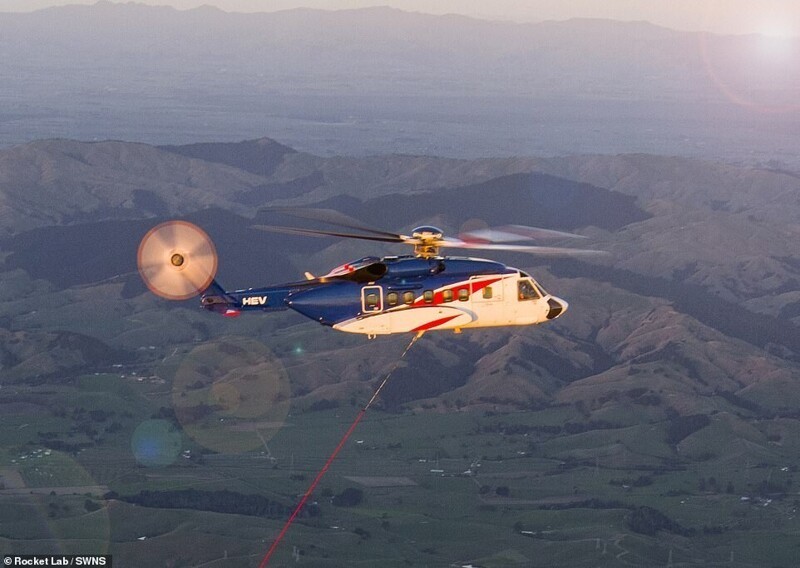
After about T+7:20 minutes, the first parachute of the incoming rocket will open, and shortly thereafter, the main parachute, which will help slow her down to 0.4% of maximum speed. When the step enters the capture zone, the rescue helicopter will release a long rope with a hook attached, which should be hooked on the parachute of the launch vehicle. As soon as he will be captured at approximately T+18:44, the twin-engine helicopter will return the stage to the ground, where technicians will evaluate its suitability for reuse. 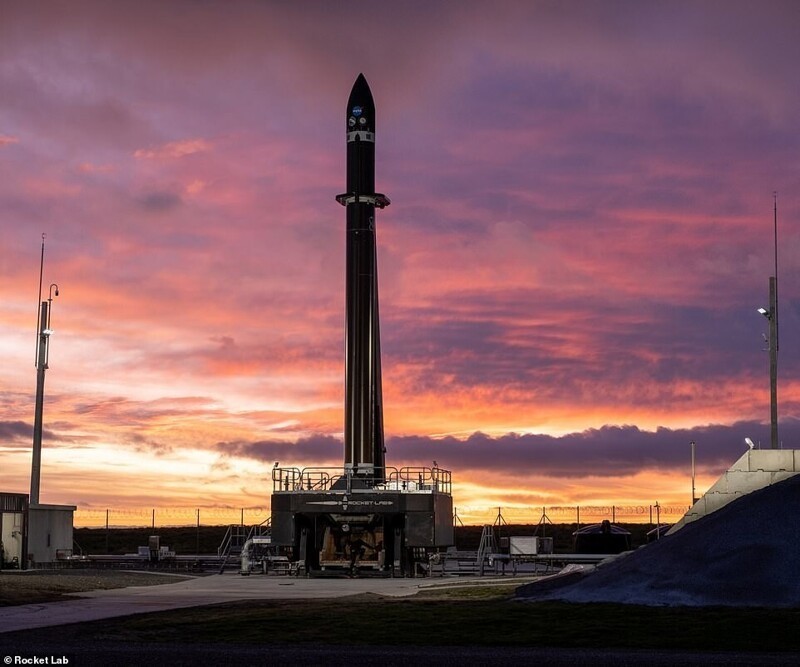
Meanwhile, the second stage will continue its journey into orbit and eventually separates from the payload about an hour after launch. Satellite weighing about 50 kg will enter the calculated orbit at an altitude of 585 km. 
An 18-meter Elektron rocket weighing 14 tons can deliver payloads weighing up to 320 kg over a distance of up to 500 km.
The Sikorsky S-92 helicopter has a length of 20.8 m, a weight of 7.8 tons and able to fly at a speed of 100 km / h even with a heavy load. Originally used for search and rescue operations and offshore transportation of oil and gas, the helicopter has been modified for completing the "Catch Me If You Can" mission. Installed on it extended range fuel tanks for open ocean flights, extended window for better visibility and of course a long rope and parachute hook. 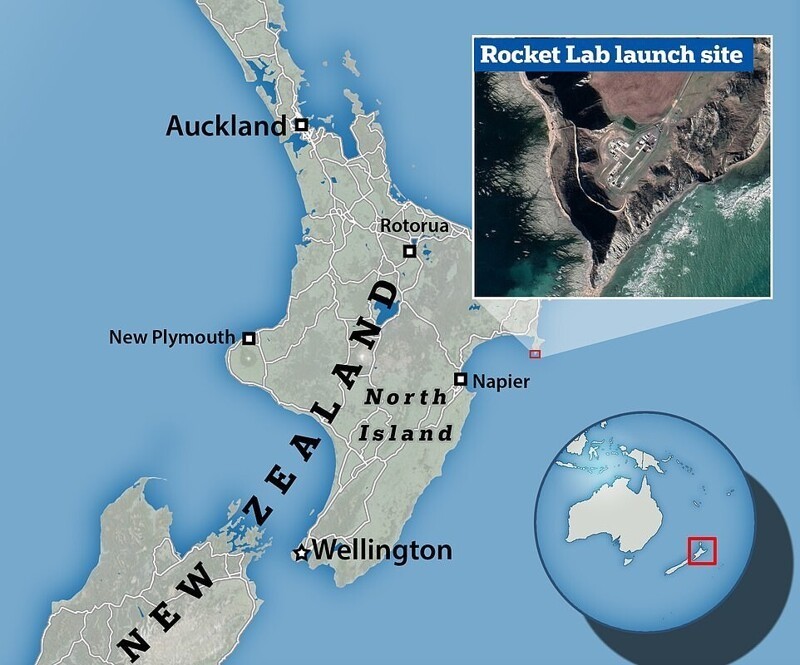
This launch will be the second attempt by the Californian company to restore the first stage of his rocket with the help of a parachute and a helicoptersummer. In May at During the Round trip mission, the Elektron rocket successfully launched 34 satellite into a sun-synchronous orbit. Then the Sikorsky S-92 helicopter managed to capture the parachute of the first stage in a fall of about 278 km from the coast of New Zealand and at an altitude of about 2 km. Unfortunately, by according to Rocket Lab, the pilots had to release it a little later due to "excess load compared to test conditions". step splashed down in the Pacific Ocean and was raised by a boat. During the mission "Catch me if you can" the company hopes to catch the falling stage for the first time before falling into the water. Aerial capture has already been attempted before, although unsuccessfully, by NASA's Genesis spacecraft back in 2004. Today this trick is part of Rocket Lab's plan to reuse boosters of their rockets, since a collision with water can lead to salt water penetration and destruction of structural elements. Rocket Lab wants to cut the cost of sending payloads into space by rocket reuse. Today it is an industry trend first proposed by billionaire entrepreneur Elon SpaceX Mask. The company regularly launches 18-meter rockets from a remote the Mahia Peninsula in New Zealand to deliver satellites into space. Propulsion landing, in which the engines are used to slow down rockets during descent, as is done in the SpaceX Falcon 9, is impossible for such a small rocket as the Electron. Therefore, Rocket Lab specialists you have to come up with your own ways to make the rocket reusable. Let's see what they can do!









